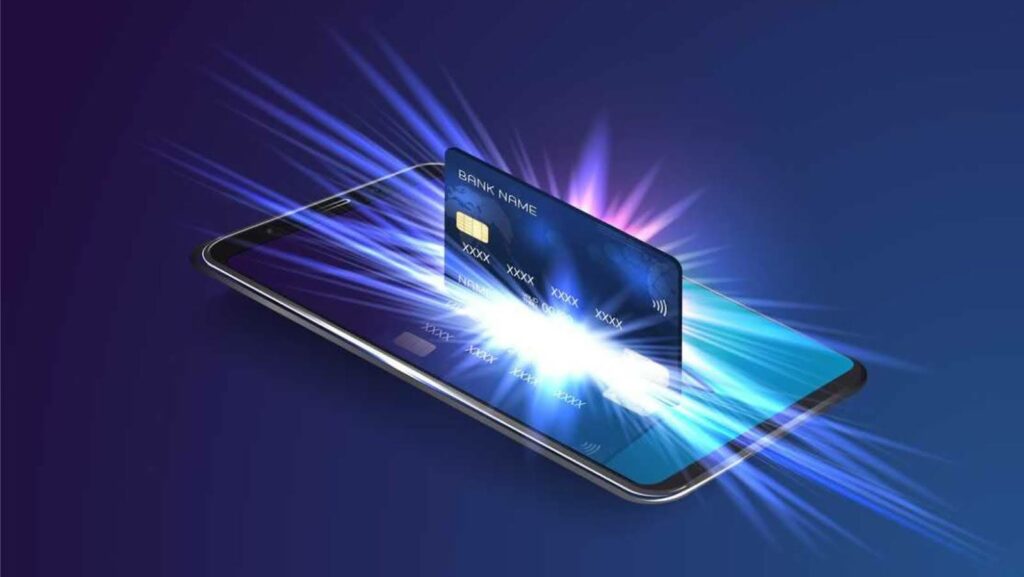With over five billion internet users worldwide, the number of people making purchases online is ever-increasing. In 2024, retail e-commerce sales are estimated to exceed 6.3 trillion U.S. dollars worldwide. This figure is expected to reach new heights in the coming years.
But security concerns can linger for many of us. If you’re hesitant to use your regular credit card number online, virtual credit cards provide a secure alternative. This comprehensive guide will explore the world of virtual credit cards, explaining how they work and the advantages they offer.
What is a Virtual Credit Card?
The concept of virtual credit cards emerged alongside the rise of e-commerce. While physical cards reigned supreme in traditional transactions, technology demanded a new approach.
Virtual credit cards, unlike their counterparts, exist solely as encrypted data. It’s stored within a bank’s or financial institution’s system. This data includes a unique 16-digit card number,
expiration date, and CVV (Card Verification Value) code. These are all dynamically generated.
It leverages a process known as tokenization. Sensitive card data is replaced with a unique token that acts as a stand-in for the actual card number. This process significantly reduces the risk of fraud. Mainly because the merchant never receives the actual credit card information.
The creation and management of these often occurs within a bank’s online system. Users can generate new virtual cards with specific spending limits. They can also have it for single-use transactions, further enhancing security and budgetary control.
It basically represents a paradigm shift in the world of online payments. They bridge the gap between the established credit card infrastructure Prioritizing security and flexibility for the modern online shopper.
Why Use Virtual Credit Cards?
With the technical foundation laid out, let’s delve into its practical advantages to see how it adds an extra layer of security to your online transactions.
Enhanced Fraud Protection: As mentioned earlier, this kind of technology utilizes tokenization. It’s like creating a digital disguise for your real credit card number. Significantly reducing the risk of exposure if a merchant experiences a data breach. Even if hackers steal the tokenized data, they can’t use it.
Control Over Spending: Most variations come with the ability to set spending limits. It restricts the amount that can be spent, offering greater control over your budget.
Single-Use Convenience: For added peace of mind, some can be set up for single-use transactions only. Once the purchase is complete, it automatically deactivates. Eliminating the risk of unauthorized charges if the card details were somehow compromised.
Improved Tracking and Management: Many issuers provide detailed transaction records for each one generated. For example, with a virtual Genome debit card you can easily track your online spending. By doing so, you can also identify any suspicious activity on a specific virtual card.
Weighing the Pros and Cons
Virtual credit cards offer undeniable security benefits for so many – but before diving headfirst, consider both the advantages and potential drawbacks. Understand if they align with your spending habits and financial preferences.
Pros:
- Significantly reduce the risk of fraud by masking your actual credit card information.
- Spending limits and single-use functionality to manage your online spending more effectively.
- Detailed transaction records provide greater transparency and help identify any suspicious activity.
Cons:
- Not all banks and credit card issuers currently offer virtual card options.
- Some may have limitations on the types of transactions they can be used for
Is it The Same as Digital Wallets?
While both offer a more secure and convenient shopping experience, they operate in slightly different ways.
Think of digital wallets as secure mobile applications that act as a digital financial hub. They securely store your physical credit and debit card details. It eliminates the need to carry multiple cards around.
Their functionality goes beyond simple storage. Digital wallets allow you to make contactless payments at physical stores. If the shop has an NFC technology, just simply hold your phone near the reader.
For online purchases, they streamline the process by pre-filling your card details and billing information Many digital wallets even integrate loyalty programs and other digital passes, which keep everything conveniently organized in one place.
Wrap Up
To use a virtual credit card, log into your banking app and look for an option to generate a virtual card number. This will provide you with a unique, temporary card number for each transaction. Use this number when making online purchases at checkout.
Their integration with mobile wallets and banking apps adds a layer of versatility, making them accessible and easy to manage. Adopting virtual credit cards can be a smart move for consumers seeking to protect their financial information while enjoying the flexibility of digital payments. Embracing this technology not only enhances security but also contributes to a more seamless and confident online shopping experience.




More Stories
Canada’s Leading Debt Relief Options: Which One Fits You Perfectly?
The Only Reputation Firms That Actually Deliver — No Fluff
Bangladesh Take Control on Rain-Hit Day in Sylhet